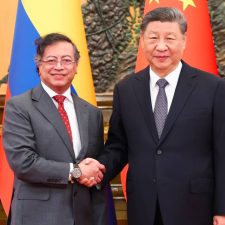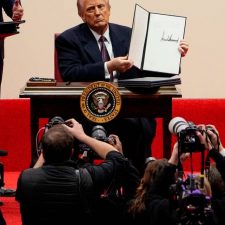Now that Latin America’s economy has fallen to near zero growth, one of the biggest fears is that governments in the region will cut their already dismal spending on innovation. That’s the worst thing they could do.
Latin America, which has relied heavily on commodity exports whose prices have plummeted in recent months, is already one of the regions that invests the least in innovation. While Israel spends 4.2 of its GDP on research and development, South Korea 4.1 percent, Japan and Finland 3.5 percent, and Germany 3 percent, most Latin American countries invest an average of 0.5 percent, according to UNESCO’s Institute for Statistics figures.
Within the region, Brazil spends 1.2 percent of its GDP on research and development, Argentina 0.6 percent, Mexico 0.5 percent, Chile 0.4 percent, Colombia 0.2 percent, and Peru and Bolivia 0.16 percent, the figures show.
Not surprisingly, Latin American countries ranked pretty badly in a new world innovation ranking released last week.
To continue reading this article click The Miami Herald
Etiquetas: innovation, Latin America

 Share On Facebook
Share On Facebook Tweet It
Tweet It
















